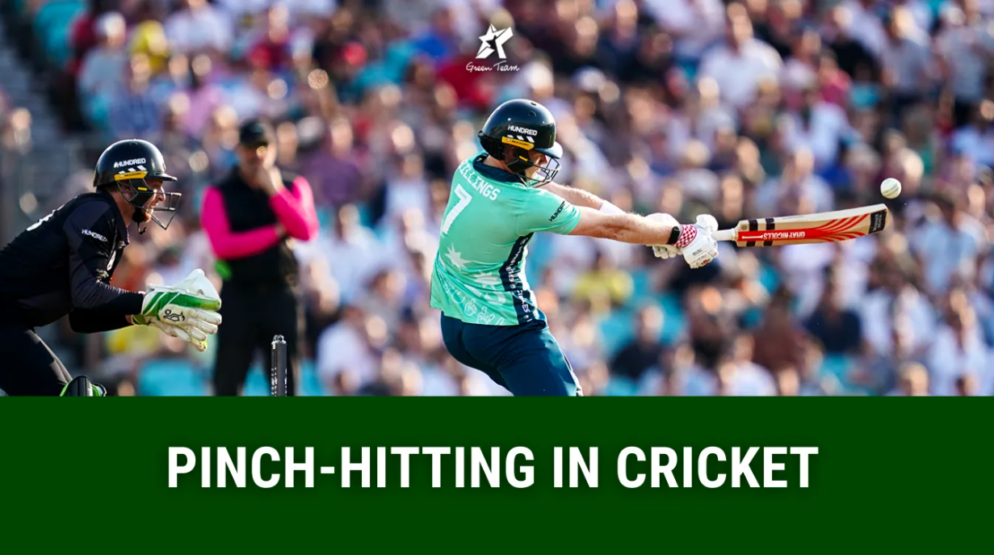

A pinch hitter is a terminology that was originally used in the sport of baseball. However, it found its introduction in cricket in the early 1990s. This was especially after the officials in the 1992 World Cup brought in the concept of field restrictions. Pinch hitting was a tactic to counter these restrictions.
The New Zealand team during the 1992 World Cup promoted a few players up the batting order in order to hit quick runs in shorter time. The idea was to ‘pinch’ a critical situation by hitting faster runs to ease the pressure. A positive result led to this tactic be used by other teams and carry it forward in subsequent tournaments.
Pinch hitting in cricket was then split as a tactic that could be used by two types of batters: openers, and lower order batters. Some of the openers utilized the field restrictions with full effect, hitting lofted shots to clear the boundary with ease. Sri Lanka’s Sanath Jayasuriya and India’s Virender Sehwag are two batters who are said to revolutionize opening batting in this fashion.
The lower order batters were at times promoted up the order to have a go at the ball when a team lost initial wickets in quick succession. These lower order batters then had the role of hitting the ball fearlessly without the burden of losing their wicket. However, this technique was not always successful as not every lower order batter was consistent to fulfill this role.
The concept of pinch hitting as a specialist tactic diminished with the advent of T20 cricket. This was because of the format’s demand and basic requisite of scoring runs at a faster rate irrespective of the score or the powerplay restrictions.




